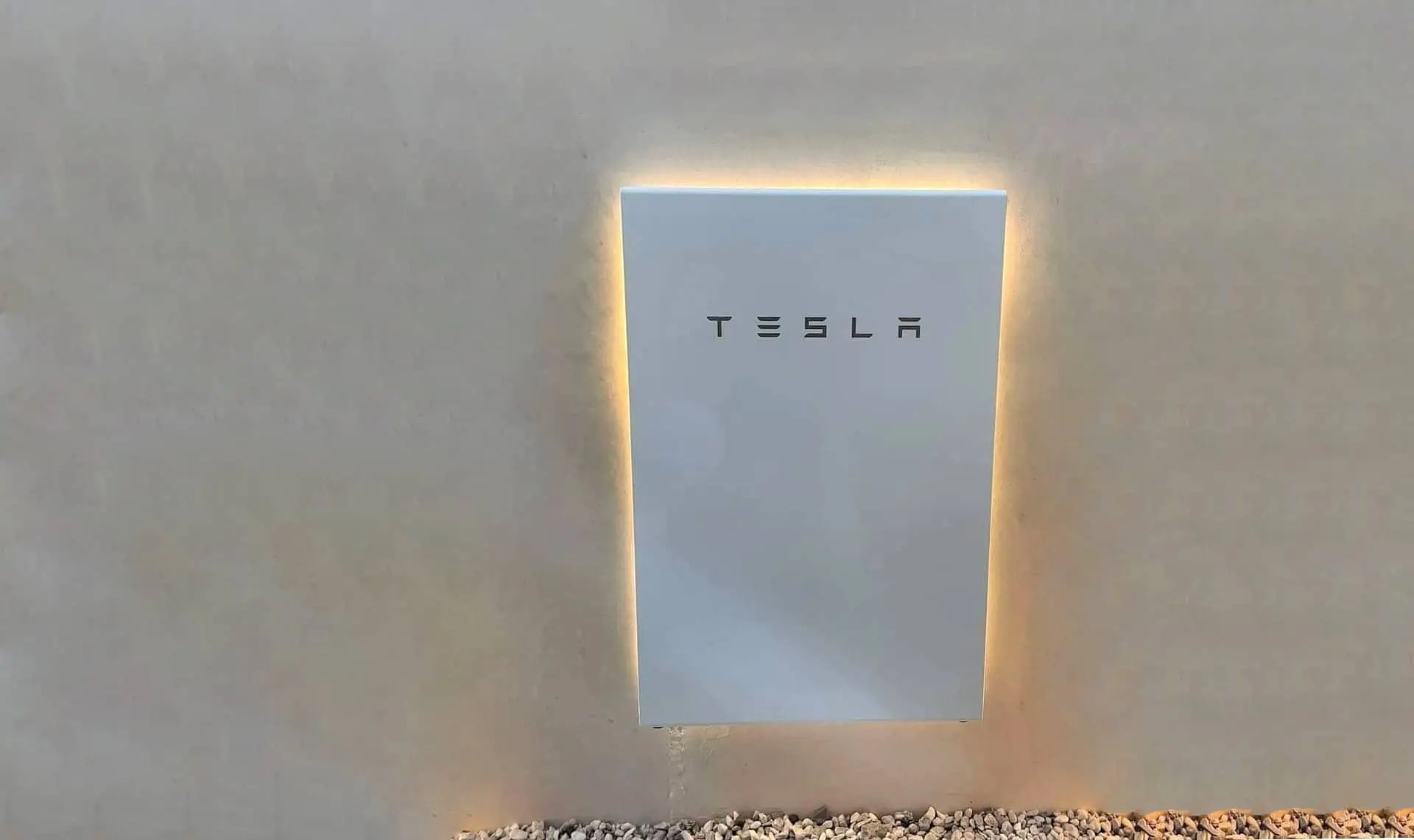Why Has My Electricity Bill Doubled in Brisbane?
Energy bills are rising in Brisbane. So much so, that we’ve been getting questions from people in South East Queensland about why their electricity bills have not just risen —- but doubled!
However, there’s no need to panic. Take a deep breath, and together we’ll go over the possible reasons your electricity bill has gotten a lot higher than it has been, and even what you can do about it.
Founding Director of Snap Solar, Jackson Wyer says:
“As a reference point, we’ve seen inflation of over 33% in the residential market just last year and expect a further 12 – 18% again this year on July 1st.
Because of the heat and the added electrical load, people are now feeling the full grunt of that pricing change!”
Follow Jackson Wyer on LinkedIn
1. Rising Inflation Around Energy
Inflation is having its influence on the price of living costs everywhere in Australia, unfortunately, its effects are also not spared when it comes to your electricity costs.
Increasing Energy Wholesale Costs
According to an Independent Pricing and Regulatory Tribunal NSW report, electricity prices are increasing mainly due to substantial increase in wholesale costs.
The AER outlined the reasons behind these rising wholesale prices when evaluating the Default Market Offer (DMO) price, an indicative maximum price electricity companies can charge customers on standard plans, for 2023-24:
- higher coal and gas costs
- reliability issues with coal-fired generation assets
- expensive electricity futures contracts traded before the 2023 December fuel price caps (temporary) came in place
- the closer of a NSW power station (Liddell Power Station) in 2023
- peaking customer energy demands
2. We Just Had a Very Hot Summer (yep, we’re talking about air conditioning costs)
Brisbane experienced its second warmest summer on record from Dec 2023 – Feb 2024, as reported by ABC News. Broader Queensland was also warmer than usual.
- Mean temperature: 26.8C (second-highest on record)
- Average maximum: 31.0C (1.7C above average, seventh-highest on record)
- Average minimum: 22.5C (2C above average, highest on record)
It wasn’t the only weather discomfort for our great city. Rainfall was also higher, (251mm higher than average, and 13 days more of rain than average).
Together, these conditions meant hot weather, high humidity, and less relief for sleep with many warm nights.
Meteorologists called this summer season ‘oppressive.’
How does this impact my energy bills?
In one word: demand.
Demand on the energy grid, means extra charges and as a result: higher energy bills.
These charges are what energy companies call Demand Charges.
Energy providers charge these extra costs towards you as a consumer when you are using electricity during times where there’s a strenuous demand on the network. Climate or the time of day, often drives that behaviour. For instance, if everyone decides to wash their clothes in the washing machine at the same time, the electricity used will cost more.
So during a long summer where most people in Brisbane and even wider Queensland were feeling the heat and humidity, it’s not too surprising that there was a major reliance on air conditioning. Unfortunately, this also meant many people also felt this pain reflected as well in their energy bills.
3. The War Between the Ukraine and Russia:
Global Coal & Gas Supply Shortages Caused by Conflict
The Queensland Competition Authority (QCA) chair Professor Flavio Menezes told InQueensland that the war in Ukraine played a major factor in the increases of wholesale energy costs, in June 2023 in the light of the estimated 2023-24 price increases coming into effect in July 2023.
“Our wholesale energy cost estimates reflect a significant increase in ASX contract prices, driven by market expectations of higher spot prices and greater price volatility.
“This is likely due to higher coal and gas prices, which have been impacted by the war in Ukraine, as well as uncertainty around the availability and reliability of coal-fired power plants, which impacts the supply–demand balance in the Queensland region,” Professor Flavio Menezes said.
Other Things That Can Impact Your Electricity Costs
There are also other factors that can have had an impact on increasing the costs to your bill, but there factors are more localised to you:
- Electricity plan and provider – they set their own prices
- High-energy consuming appliances
- Network and metering fees
- The size of your home
- The design of your home (passive heating, cooling and insulation)
- Where you live in Australia
Electricity Prices are Still Expected to Rise
Unfortunately, even with a terribly hot and humid summer out of the way, our energy bills in Brisbane may not be in the clear yet. The DMO price for the 2023-24 financial year increased by 21.5 per cent compared to previous financial year.
For this upcoming financial year 2024-25, many Australians have been calling for reductions in electricity costs to help with the cost of living. However, while Australia’s Energy Regulator the AER announced price reductions in NSW and South Australia, there is little to no relief for South East Queensland.
The regulator flagged another 2.7 per cent increase in the DMO price for households in South East Queensland, and a marginal 0.3 per cent reduction for small businesses in SEQ.


Provided by The Australian Energy Regulator. 19 March 2024.
These Default Market Offers are still indicative only and open to submissions by stakeholders until April 9, this year. It will also only come into effect July 1, 2024 (this year). However, it does not paint a hopeful picture for future electricity prices.
Although the price increase flagged for households in the SEQ area isn’t as substantial a hike as the 2023-24 percentage increase in the default market offer price, is not good news for many Brisbane residents who have already said they’ve been finding it tough.
The Default Market Offer 2023-24 – Final Determination
Sourced from AER. Read more from the Australian Energy Provider’s 2023-24 DMO Fact Sheet
How can I reduce my electricity bill?
We’re not here to just spread doom and gloom, now it’s time to start talking about solutions.
1. Use the Cost of Living Rebate
You may be able to be reimbursed part of your power bills between the 2023-24 financial year. This is through the Queensland Government’s Cost of Living Rebate for Households. The rebate is credited quarterly.
There are two different sums for households dedicated to reducing the strain from power bills, with more money being allocated to more vulnerable households who meet the criteria:
- $700 Cost of Living Rebate, (plus a further $372 for those receiving the Queensland Electricity rebate). Together this gives eligible vulnerable households a total of $1,072.
- $550 Cost of Living Rebate for all other Queensland households
The Criteria for the $700 Cost of Living Rebate
If you are not yet taking advantage of the QLD Cost of Living Rebate, it’s not too late. Every household in Queensland is eligible for the $500 rebate, however if you meet this criteria you may be eligible for a larger payment.
Eligibility Criteria:
Screenshot from the Queensland Government website.
If you already receive the $372 Queensland Electricity Rebate (but in this case, you should automatically be receiving the updated $700 rebate).
2. Do a DIY Energy-Efficiency Audit
The appliances you are using, or how you are using them can also be racking up extra costs on your power bills. If you are concerned about your power bills, you can try evaluating how energy efficient the technology, tools and appliances you and your family are using at home.
Your Energy Efficiency Checklist:
- Check the energy efficiency rating for your largest energy users: your fridge, oven, washing machine, dryer, air conditioning and heating systems, and home entertainment.
- Check for faulty appliances. Appliances really eat away at your energy when they are on their last legs. Make sure they are in good working order (e.g. your fridge doesn’t have broken seals) and start looking for a replacement if they can’t be repaired.
- Look for and enable ‘power saving mode’ on your gaming consoles and other home entertainment devices.
- Use your heavier energy-draining devices during off-peak times.
- Switch off power when not in use to crack down on ‘standby power’. Standby power is the energy consumption that happens when appliances are plugged into power but are left on standby. While this power consumption is small individually, it can add up. Standby power can easily make up 10% of your power bill.
Learn more about how much extra costs you may already be paying by devices with this guide from consumer group Choice. - Buy an electricity usage monitor device. These devices are made to be able to track how much power your tech and appliances are using, including standby power consumption.
3. Save Money with Solar Panels
Solely relying on the grid is getting increasingly harder for people living in Queensland. You can take advantage of the Government’s Cost of Living Rebate and decide to become more responsible for monitoring and reducing your energy usage.
However, if you really want to save on your energy bill, you can also start using a really unique advantage that living in Queensland puts in your pocket: our abundant supply of sunshine. Yes, we mean it’s time to think about installing solar panels.
Here’s more information to assist you in understanding whether going solar is right for you:
- Solar Fact Vs Fiction: 5 Myths about Solar Energy Debunked
- Everything You Need to Know about the QLD Solar Rebate
- How much energy does a solar panel produce?
- Can I sell excess solar power back to the grid?
How much money do you save with solar panels in Australia?
The amount varies depending on several factors: the size and how well the system works, how your roof is positioned and if it gets shade, how much sun you get, how much electricity your home uses, and the prices your electricity company gives for any extra energy you produce.
Our solar system packages have helped homeowners and businesses in Brisbane up to $2200, $3200 or $3650 per annum.
If you want to learn more directly from a solar professional dedicated to helping you reduce your energy bills, call 1300 628 097 or get a quote today.
Get Your FREE Quote Today & Save $$$!
Contact our team today and we'll get back to you as soon as possible to discuss your solar needs!
Get a FREE QuoteRelated Articles.

The Latest Range of Solar Batteries at SnapSolar 2023

Jackson Wyer

A Complete Guide to Choosing the Right Solar Panel Brand

Jackson Wyer

Can I Sell Excess Solar Power Back to the Grid?

Jackson Wyer

